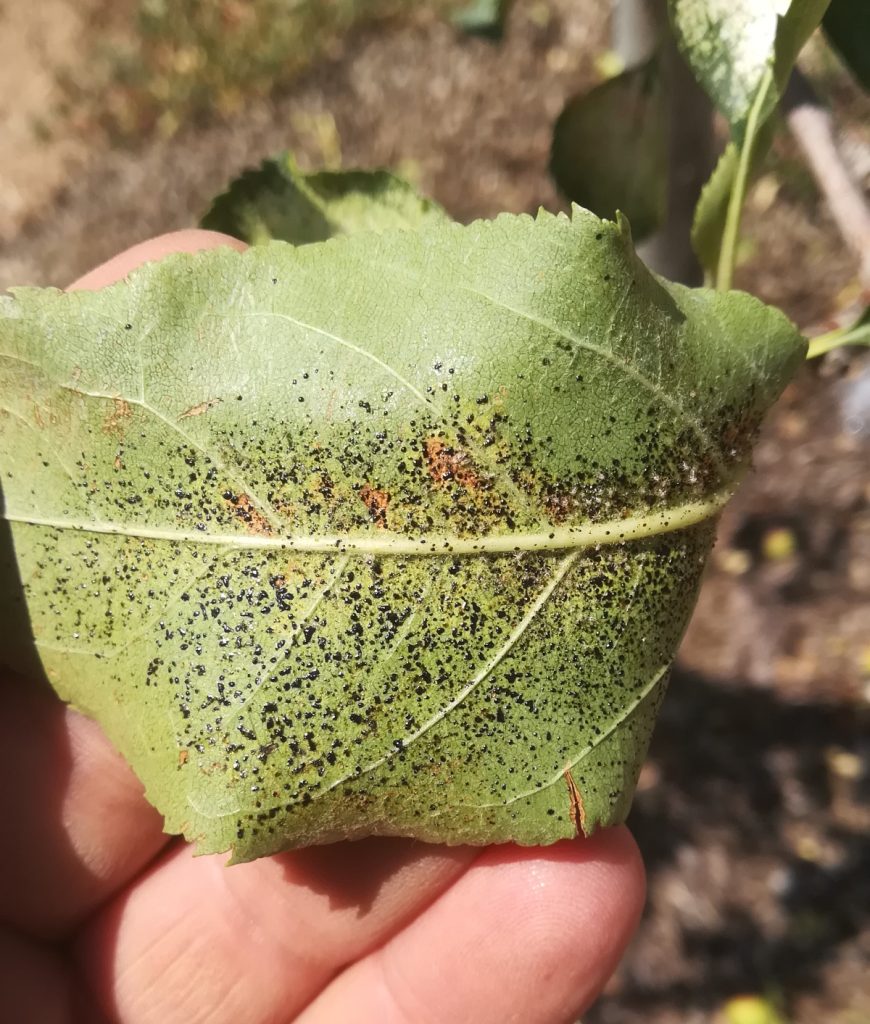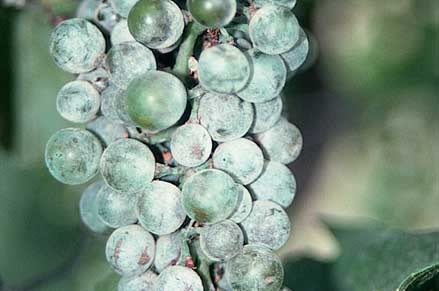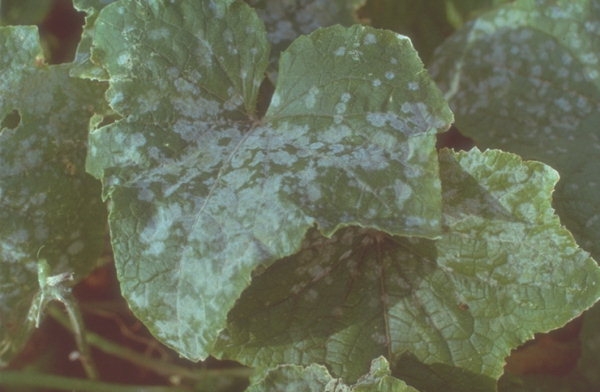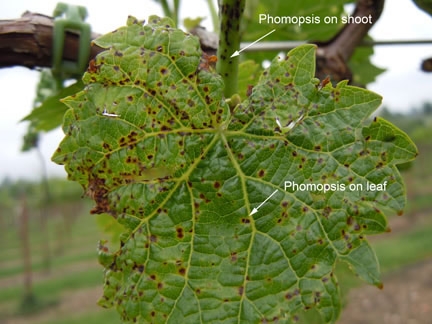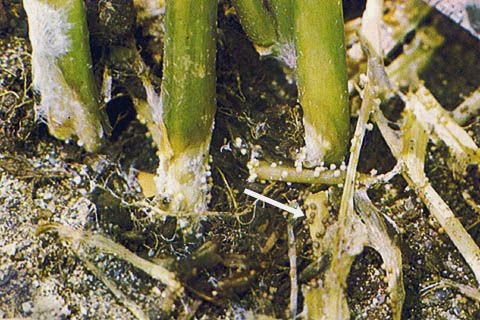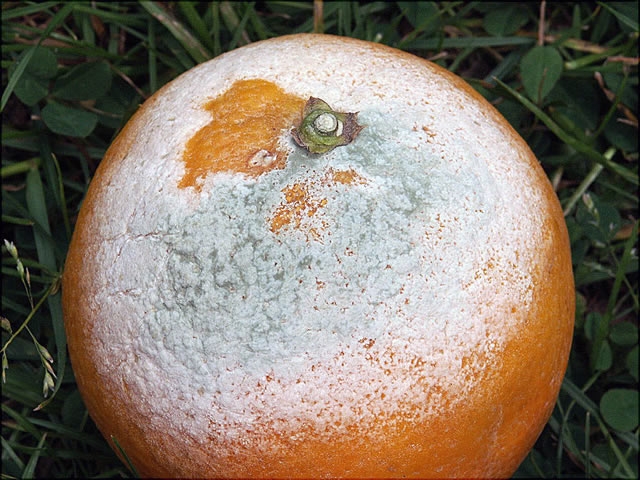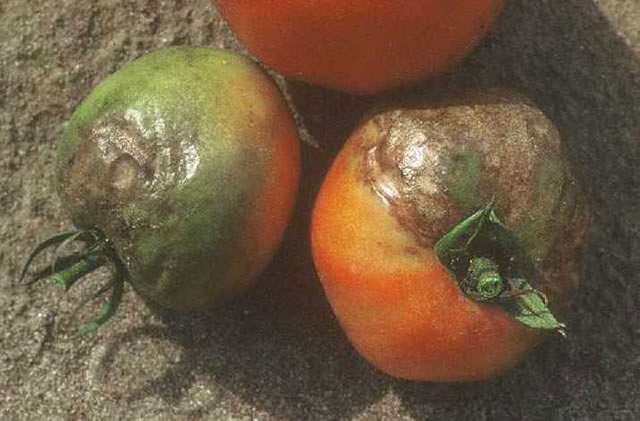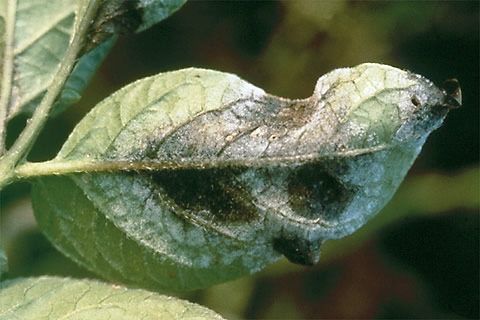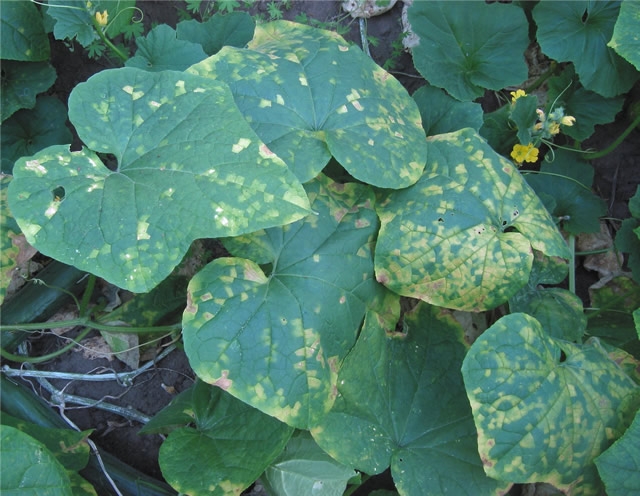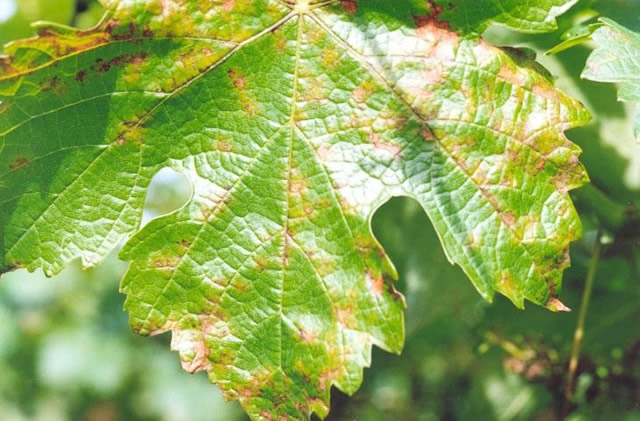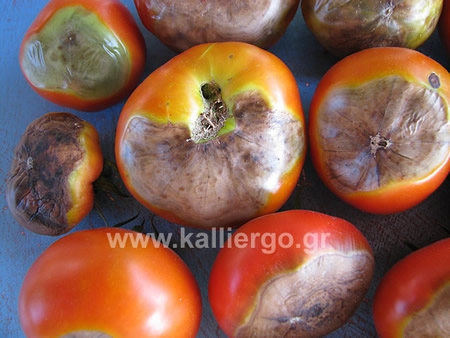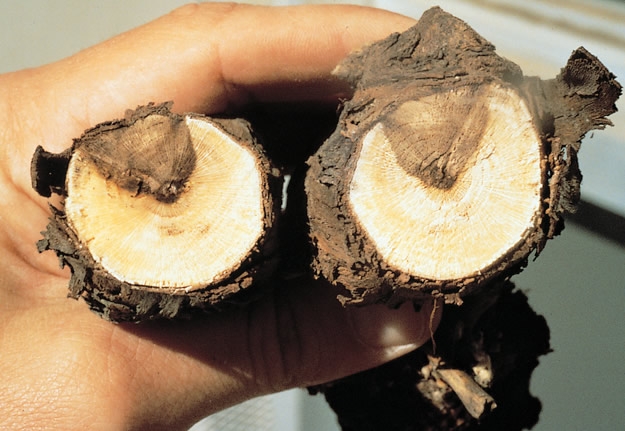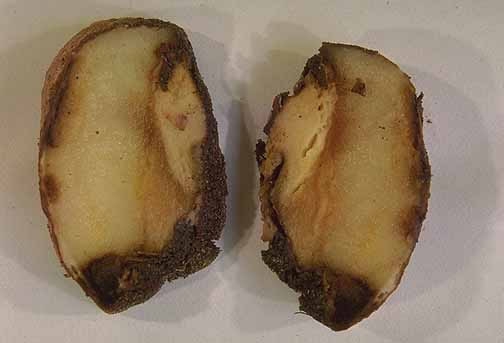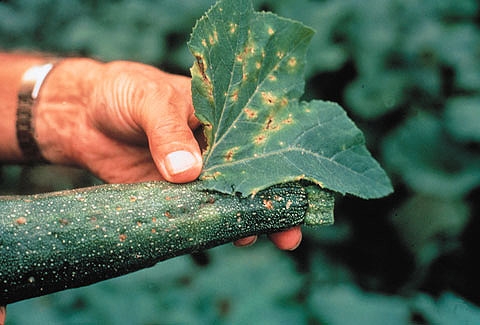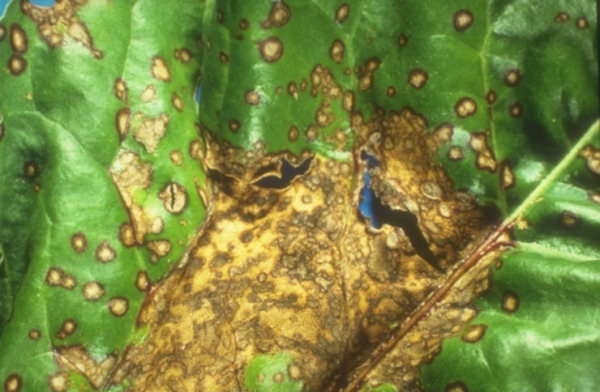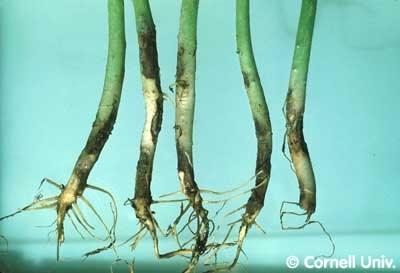Black spots under the leaves of Pear, Apple, Quince – Tingidae – Lace Bugs
If you see many small black spots under the leaves on pears, quince, apple trees, eggplants and the leaves on the top are discoloured and lose their green colour, then you have an infestation of Tingidae (Lace Bugs). The Tingidae family of insects, often referred to as Lace Bugs, are very small insects that infest […]
Black spots under the leaves of Pear, Apple, Quince – Tingidae – Lace Bugs Read More »

